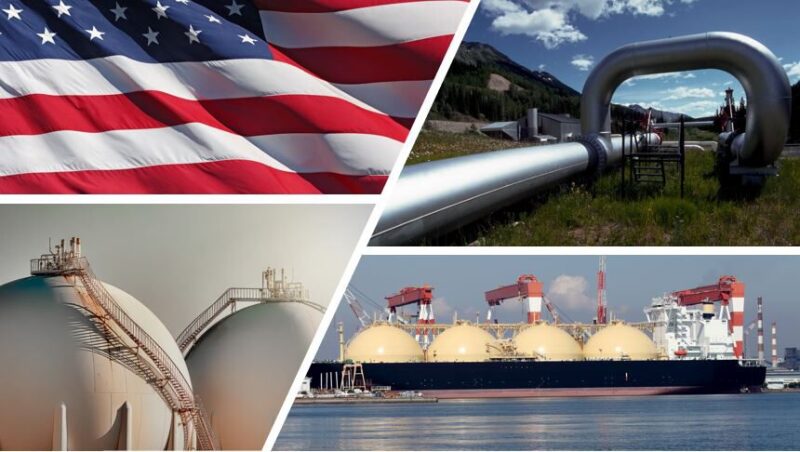The US liquefied natural gas (LNG) market will need new construction to emerge by 2025 to meet an expected strain on supply amid a transition to a carbon-neutral environment, according to Tellurian CEO Meg Gentle.
During the ONS 2020 Digital Conference, Gentle said Tellurian’s existing construction slowed down and new construction starts were delayed by about 12 months, which may result in struggles to meet demand growth from 2025–2026.
Tight Supply Will Be the Biggest Challenge
Providing supply to keep pace with growth and demand is expected to be the biggest challenge moving forward, Gentle noted, especially as capital is reallocated to refund and rebalance some of the price shock that impacted the energy industry in 2020.

“We are going to have market tightening for the next 5-year period, almost a supply starvation if you would think of it that way,” Gentle said. “Then as we get to 2025–2027, we have to get new construction starting.”
She added that projects that were slated for a 2020 start can begin in 2021, including its 27.6-mtpa Driftwood LNG project in Lake Charles, Louisiana.
In an August investor presentation, Tellurian said it reduced its capital cost and will defer some proposed pipelines for the first phase of the Driftwood LNG project as it works toward securing financing and construction.
Final investment decision is delayed but the project is targeting production by 2024.
“As we reallocate capital to efficient infrastructure and resources, we have to do that in a way that supports supply growth at an economic and competitive price level that allows economics to grow and pollution to be reduced,” Gentle said.
Natural Gas and Energy Transition
The expected tight market in the US will come alongside the industry’s aim toward a net-zero carbon footprint.
“Around the world, we want to bring clean air and that is going to help us achieve our carbon objectives,” Gentle said. “We see an increased market share for natural gas as we’re supporting renewables and increased market share for renewables, and strong partnership from a [gas] commodity that is finally trading as a real market.”
During the transition to a carbon-neutral market and environment, Gentle stressed the industry must employ natural gas to help provide a reliable grid and storage solutions. Moving LNG into the transportation sector can replace coal-fired power and oil-fired transportation.
Doing so would also align with similar initiatives in Europe.
Gentle said LNG for the European market is important from a supply alternative and supply security position, adding that the infrastructure Europe built with Spain, France, Italy, and the UK has the potential to connect LNG terminals to Eastern Europe with the pipeline grid.
“It provides the European energy market with a supply alternative that keeps natural gas competitive not just for LNG, but for all sources that must compete in the market,” Gentle said. “The importance of European polices is to provide for the investment for infrastructure that allows LNG imports to be an option for the European market.”
It also diversifies Europe’s supply base and allows it to trade on a daily, weekly, and monthly basis without having to commit to long-term contracts, leaving it as the most flexible market in the world, explained Gentle.

